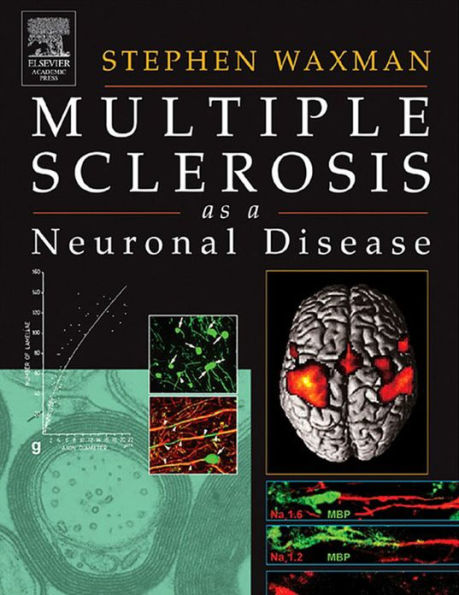5
1

Multiple Sclerosis As A Neuronal Disease
496
Multiple Sclerosis As A Neuronal Disease
496
191.49
In Stock

Product Details
| ISBN-13: | 9780080489414 |
|---|---|
| Publisher: | Elsevier Science |
| Publication date: | 05/27/2005 |
| Sold by: | Barnes & Noble |
| Format: | eBook |
| Pages: | 496 |
| File size: | 27 MB |
| Note: | This product may take a few minutes to download. |
What People are Saying About This
From the B&N Reads Blog
